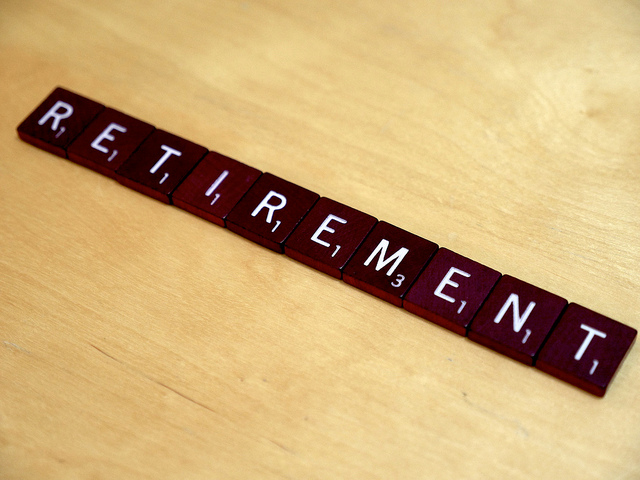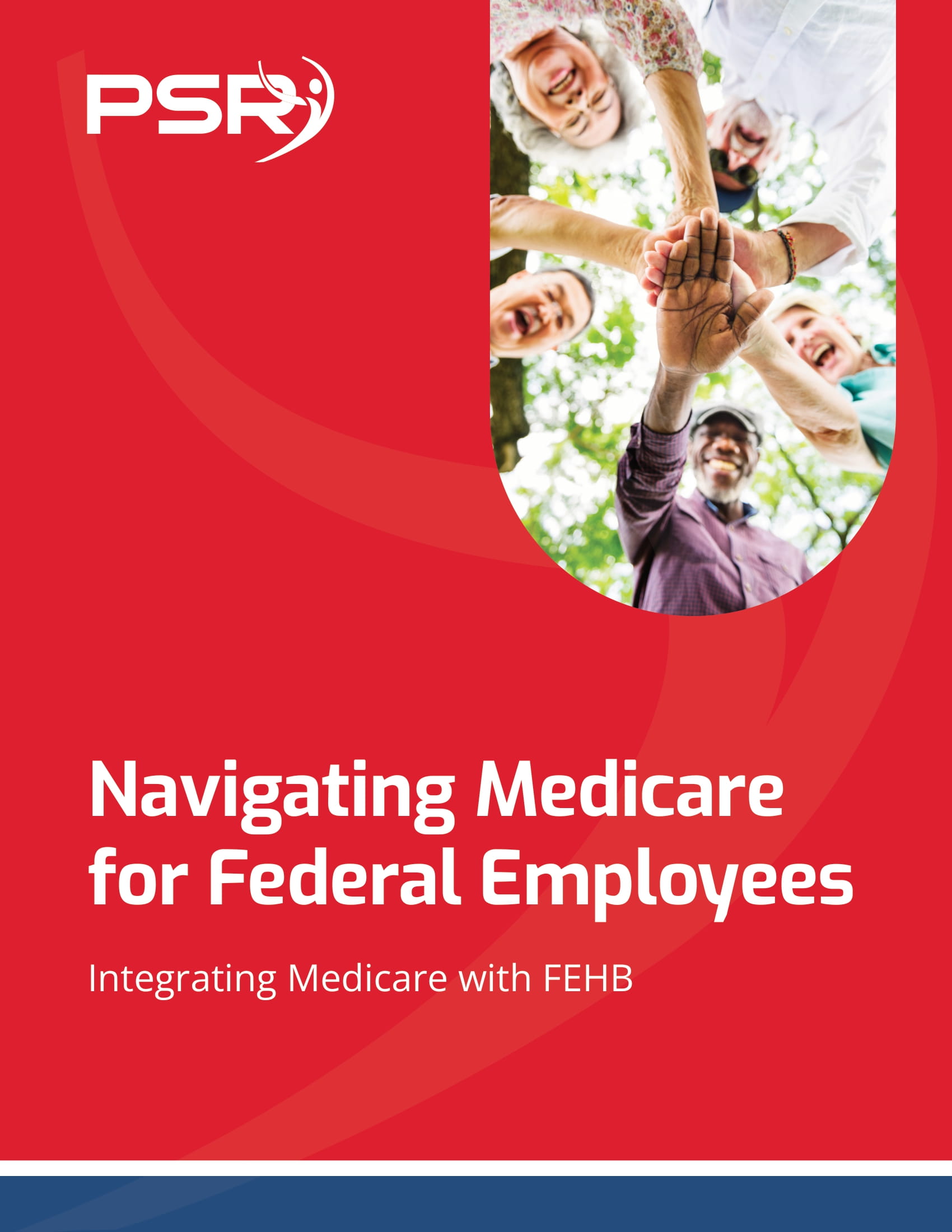[vc_row][vc_column width=”2/3″ el_class=”section section1″][vc_column_text]The federal paid sick leave law covers certain employees who are federal contractors. The law requires that eligible employees be provided with sick and safe leave for qualified reasons. Sick leave is earned in hours. For every 30 hours worked under a covered contract, the employee accrues a minimum of 1 hour paid sick leave. Any unused paid leave can be carried over to the next year.
The Federal Employee Sick Leave can be used for various reasons such as:
– The employee’s health care for any medical condition, preventive care, injury or to obtain a diagnosis
– A family member health care for any of the reasons listed above
– Mental illness for the employee or their family member
– Other needs related to domestic violence or sexual assault
Credit for Sick Leave
- Also Read: Stretching Out Your TSP Smartly Starts with This Often Ignored Option
- Also Read: Why More CSRS Employees Are Rethinking Their Withdrawal Plans in Light of Recent Laws
- Also Read: Special Retirement Groups Face New Timelines—Don’t Miss Your Critical Retirement Window
There’s really no limit on the number of unused sick days that can be credited. The maximum annuity is produced by working a total of 41years and 11 months without using up your sick leave.
Calculating Unused Sick Leave
Employees under FERS and CSRS who die and leave behind a spouse who is entitled to a survivor annuity as well as those employees who retire on an immediate annuity get an increased service depending on the number of days of unused sick leave to their credit.
The added days are used to calculate the number of full years and months of an employee’s service for the sole purpose of annuity computation.
Basically, your unused sick leave days are turned into full years and months on the basis of a 2087 hour work year. Sick leave hours are deemed to represent portions of a 360-day work year that’s then divided into 12 30-day work months.
To calculate the additional credit for retirement, the sick leave days are added to the actual days of service as shown below:
If person X served for a total of 30 years, 4 months and 16 days then at retirement they have accumulated a total of 4 months and 24 days, their total credit will be as follows:
Total Credit =
– 20 years, 4 months, 13 days
– 00 years, 6 months, 27 days
– 20 years, 11 months, 10 days
Only full years and full months (in our case, 20 years and 11 months) are used to calculate annuity. The leftover days (in the case above, 10 days) are dropped. Enter the total number of years and full months into the conversion table to find out your unused sick leave days.
The sick leave calculator is available in the FERS and CSRS Benefits Calculator Software that is free to download.
Unused Sick Leave and Retirement
Unused sick leave credit does not apply to deferred retirements. Also, unused sick leave days cannot be used to determine one’s eligibility to retire. These days are only added after you have met the minimum age retirement.
Those who leave the government before they’re eligible to retire do not get any credit for unused sick leave. However, your unused hours can be restored in full to your credit is you go back to working for the government.[/vc_column_text][/vc_column][vc_column width=”1/3″][vc_single_image image=”34602″ img_size=”292×285″ style=”vc_box_shadow”][/vc_column][/vc_row]









